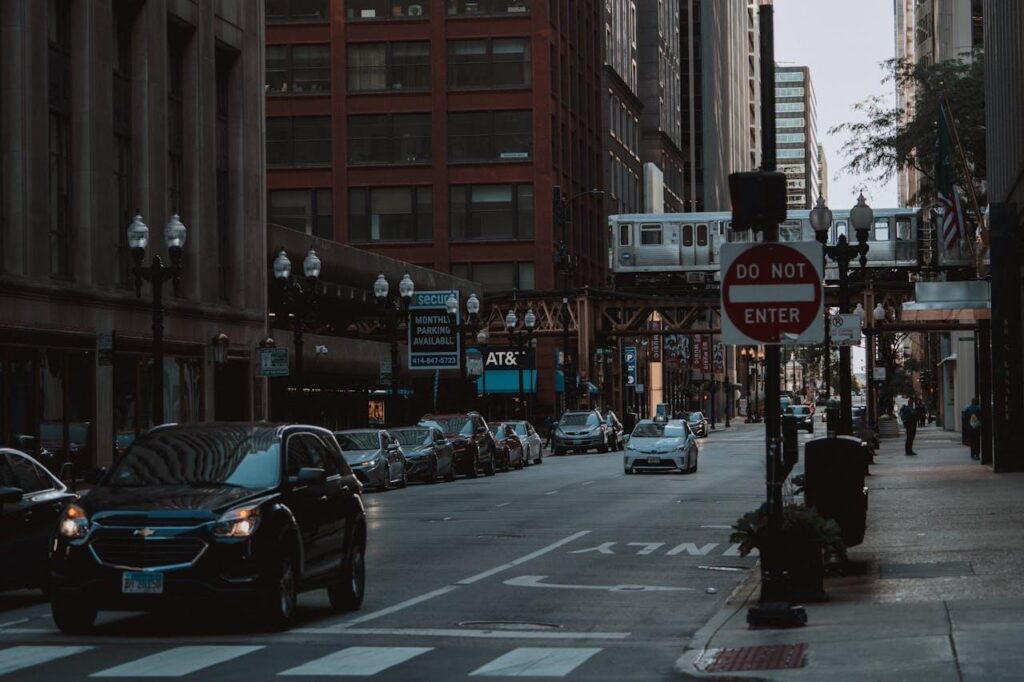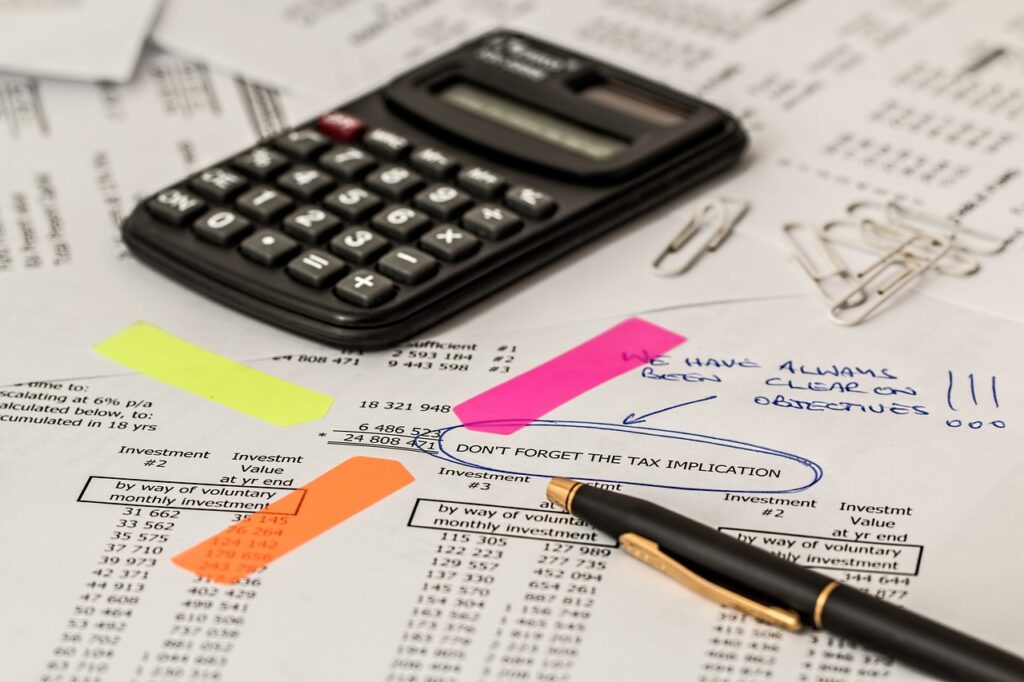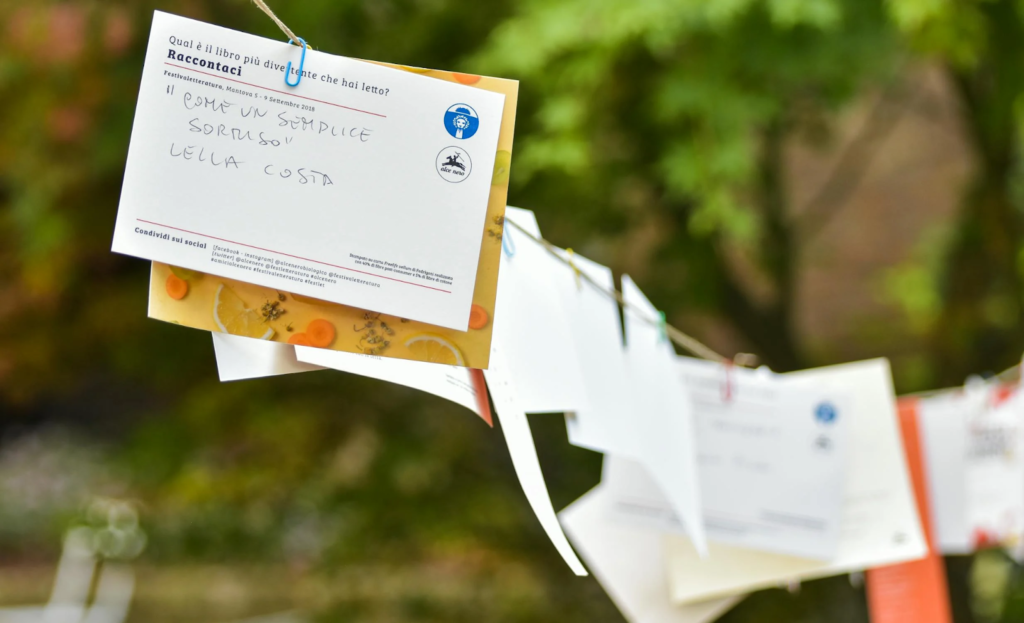Can you sue if you were a passenger in a car accident in Las Vegas? Short answer: yes — and knowing how Nevada law treats passenger claims, who can be held liable, and what steps to take after a crash makes all the difference in protecting your rights and recovery. This article walks through the rules, the common complications for passengers, and practical guidance so you understand your options clearly.
Why passengers usually have strong claims
Passengers are often the least likely to cause a crash, which puts them in a favorable position when seeking compensation. Nevada follows a fault-based system: the driver who caused the collision — or other negligent parties — is generally responsible for the resulting losses. Because passengers typically lack responsibility for how the vehicle was driven, they can pursue claims against whichever party’s negligence produced the injury.
Nevada also applies comparative negligence. That means if more than one person is partly at fault, a passenger’s recovery is reduced by the percentage of fault attributed to them. In most passenger cases this is uncommon, but it can matter in unusual circumstances (for example, if a passenger encouraged risky driving or distracted the driver).
Who a passenger can sue
A passenger’s potential defendants fall into a few common categories:
- The driver of the vehicle the passenger was in, if that driver’s negligence caused or contributed to the crash. This includes reckless driving, DUI, distracted driving, or failure to obey traffic laws.
- The other driver(s) involved — when another motorist’s actions (speeding, running a stop sign, texting while driving) caused the collision.
- Third parties that contributed to the accident, such as a trucking company when a commercial vehicle is involved, a vehicle manufacturer in rare product-liability situations, or a municipality if a roadway defect played a role.
- Rideshare or taxi companies and their drivers, when the passenger was in a for-hire vehicle. Rideshare liability can be fact-specific and depends on whether the app had an active ride, whether the driver was logged in but between fares, and the company’s policy stage.
This flexibility means a passenger’s case often involves multiple potential defendants and insurance carriers, which increases the importance of early evidence preservation.
How insurance coverage typically applies
Insurance dynamics for passengers vary depending on who’s at fault and what policy limits apply:
- At-fault driver’s liability insurance is the primary source for compensating injured passengers. If the at-fault driver’s policy limits cover your damages, that may resolve the claim through settlement.
- Uninsured/underinsured motorist (UM/UIM) coverage can be critical if the at-fault driver lacks sufficient insurance or has no insurance at all. Some passengers are covered under their own UM/UIM policies (if they have Nevada coverage) or under the policy of the vehicle they were occupying, depending on policy language.
- Rideshare policies typically offer layered coverage that increases once a ride is accepted. Coverage details and thresholds differ among companies and are often time- and status-dependent (e.g., logged-in but not matched, en route to pick up, or with a passenger in the vehicle).
- Medical payment (MedPay) coverage — if present on a policy covering the vehicle — can pay immediate medical bills without regard to fault, which is helpful for getting urgent care while the claim is developed.
Because multiple policies may apply, passenger claims frequently involve negotiation between insurers and careful review of contract terms; coverage disputes are a common source of delay and frustration.
Immediate steps every injured passenger should take
Your actions after the accident are key to a successful claim. Follow these priorities:
- Seek prompt medical care. Even minor symptoms should be evaluated. Medical records are essential for proving both injury and causation.
- Document the scene. Take photos or videos of vehicle damage, road conditions, visible injuries, and any contributing factors (traffic signs, skid marks, lighting conditions).
- Obtain driver and insurance information. Collect names, license plates, phone numbers, and insurance details from all drivers involved.
- Get witness contact information. Independent eyewitnesses can corroborate your version of events.
- Report the collision. Make sure a police report is filed; get the report number and the investigating officer’s name.
- Preserve evidence. Ask the hotel, casino, rideshare company, or other businesses to preserve any surveillance footage, maintenance logs, or incident reports — these items can be overwritten or discarded after a short retention period.
- Avoid recorded statements or admissions. Limit discussions with insurers and don’t provide a recorded statement until you understand your rights; say you’ll provide information later.
- Organize medical and expense records. Save appointments, bills, prescriptions, and proof of lost income.
If you’re unsure who to notify or how to secure evidence, a local attorney experienced with passenger claims can advise on preserving the most important materials.
What damages can passengers recover?
Passengers can pursue the same categories of damages as drivers or other injured parties:
- Economic damages: past and future medical costs, prescription expenses, rehabilitation and therapy, ambulance or transport costs, and lost wages.
- Non-economic damages: pain and suffering, emotional distress, loss of enjoyment of life, and reduced quality of life.
- Future damages: ongoing care, anticipated surgeries, and projected loss of earning capacity.
- Punitive damages: rarely awarded, but possible in cases involving intentional or extremely reckless conduct (for example, if a driver was intoxicated and grossly negligent).
Quantifying damages often requires input from medical professionals, vocational experts, and economic analysts — especially when future care or lost earning potential are factors.
Common legal hurdles for passengers
Despite generally strong claims, passengers can encounter obstacles:
- Multiple parties blaming each other. When liability is disputed, proving causation can be complex.
- Insurance coverage gaps. Low policy limits or no coverage can limit recovery unless UM/UIM policies apply.
- Out-of-state complications. Tourists may wonder how to pursue a Nevada claim from their home state; many steps can be handled remotely, but some proceedings could require local appearances.
- Personal relationships. Passengers sometimes hesitate to pursue claims against friends or family who were driving — that emotional calculus can complicate legal action.
Why local expertise matters
A seasoned Las Vegas Car Accident Lawyer brings practical advantages: quick preservation of local evidence (like surveillance footage), familiarity with how insurers handle claims arising on the Strip, and an understanding of Nevada’s comparative fault rules and courtroom practice. For passengers, especially those who are visitors, local counsel can act as the on-the-ground advocate who coordinates investigations while you recover.
Being injured as a passenger is often disorienting and unfair — you didn’t choose the risk. But Nevada law provides clear avenues for recovery, and early, organized steps maximize the chances of fair compensation. If you’ve been hurt while riding in a vehicle, focus first on your health, then on documenting what happened so the legal process can protect your rights.






